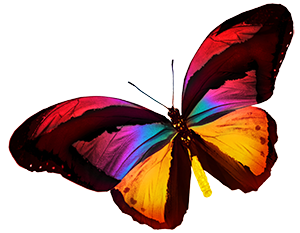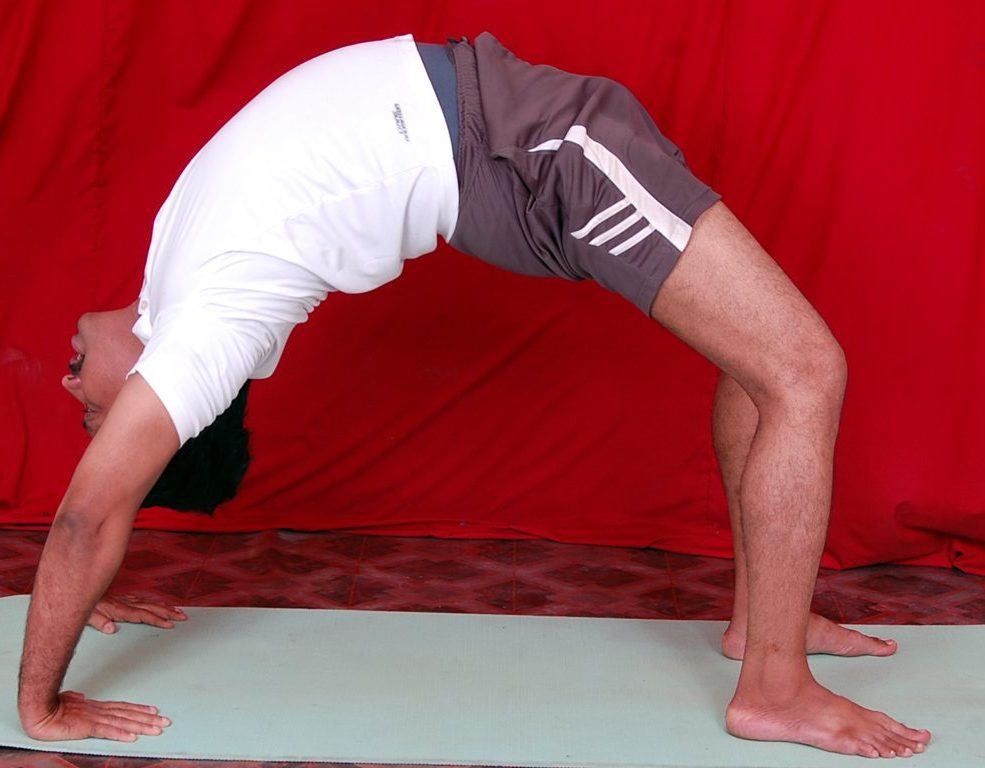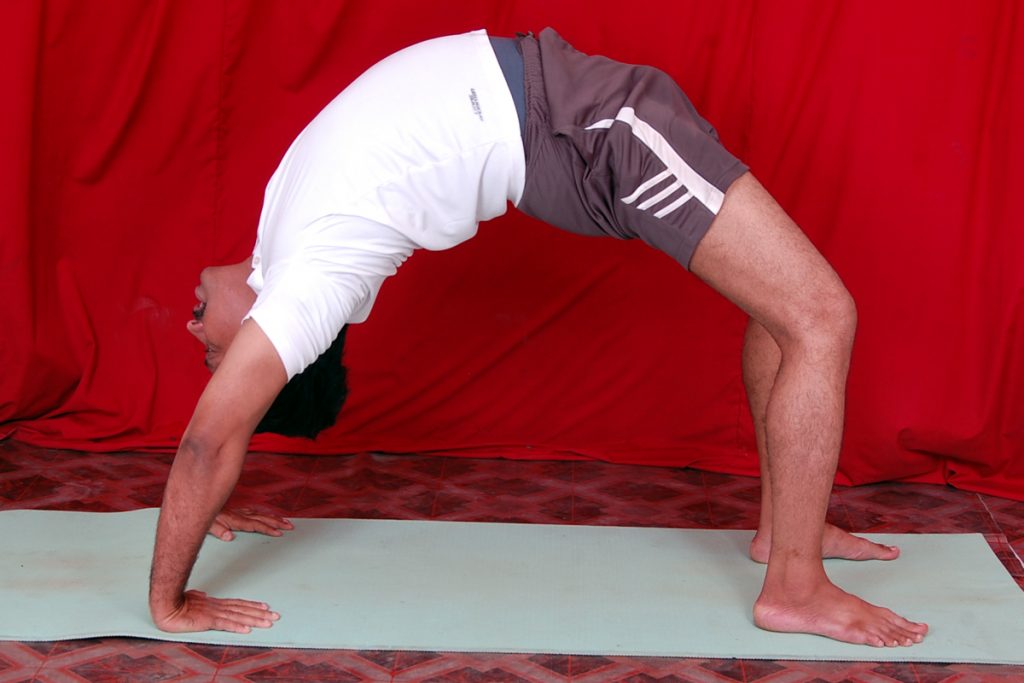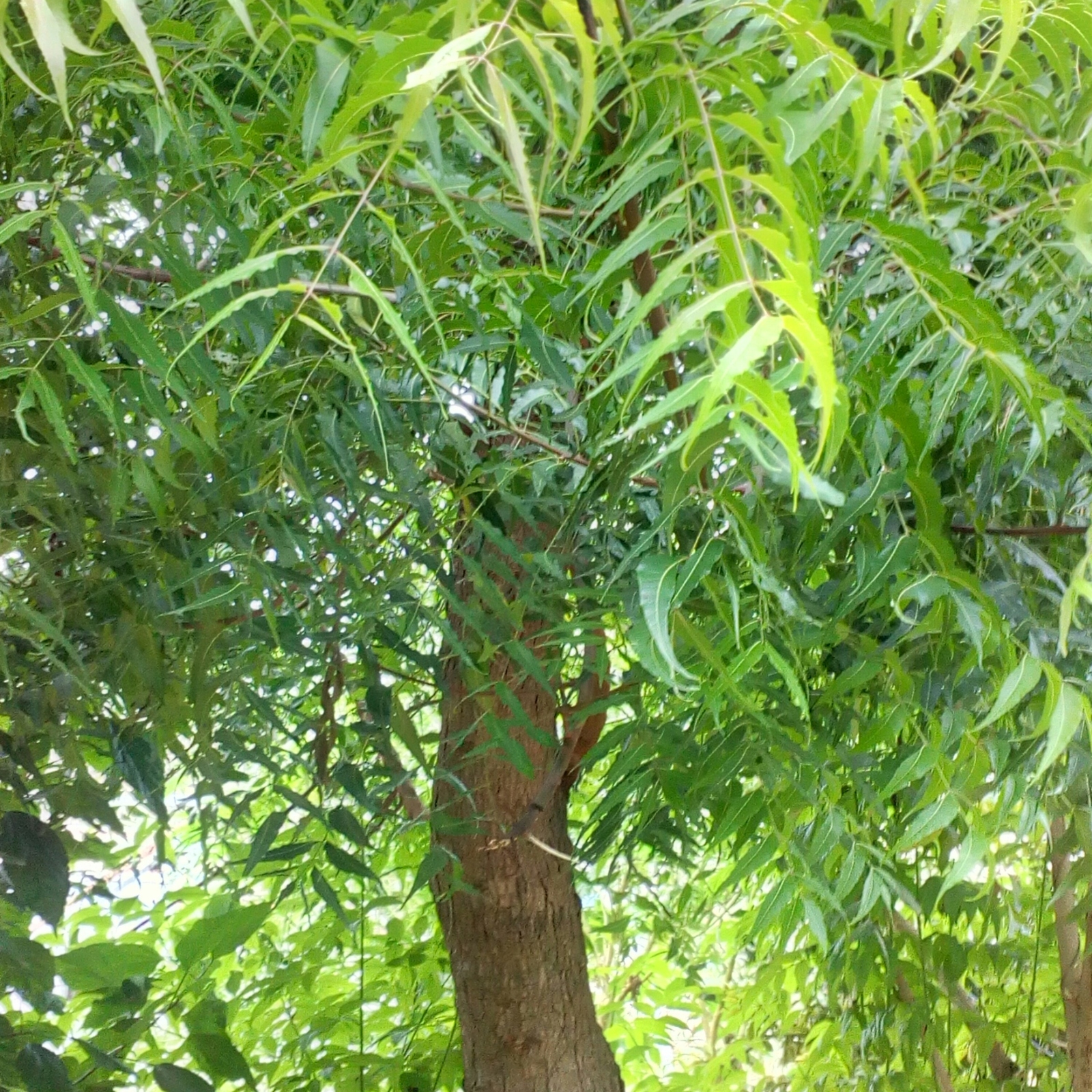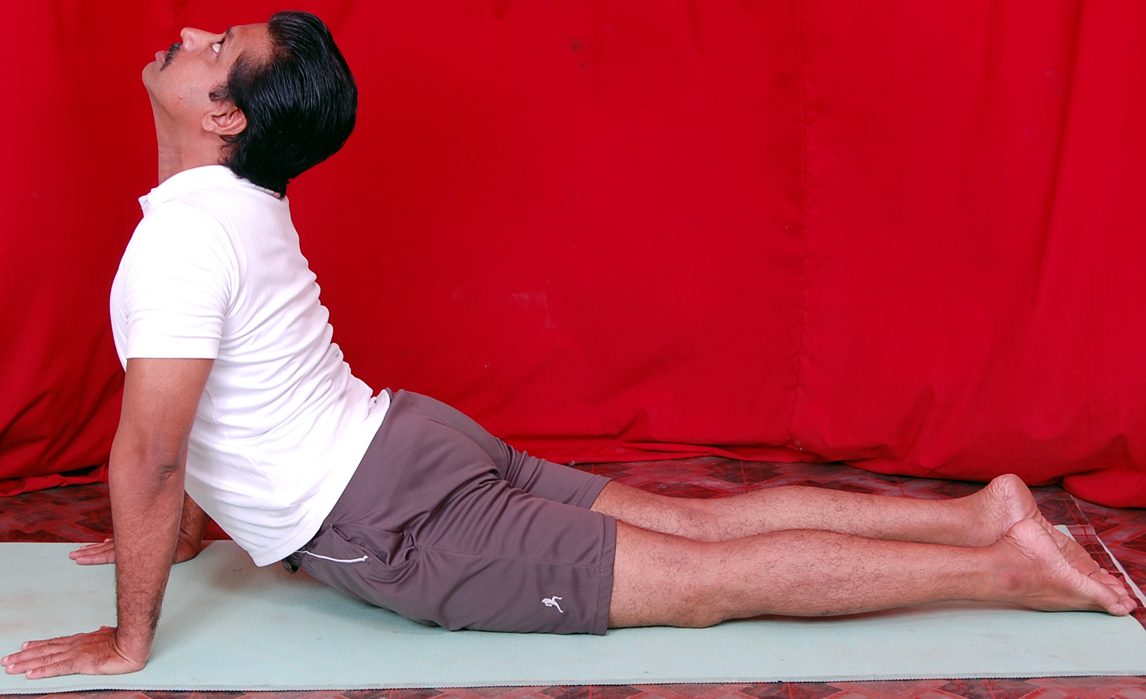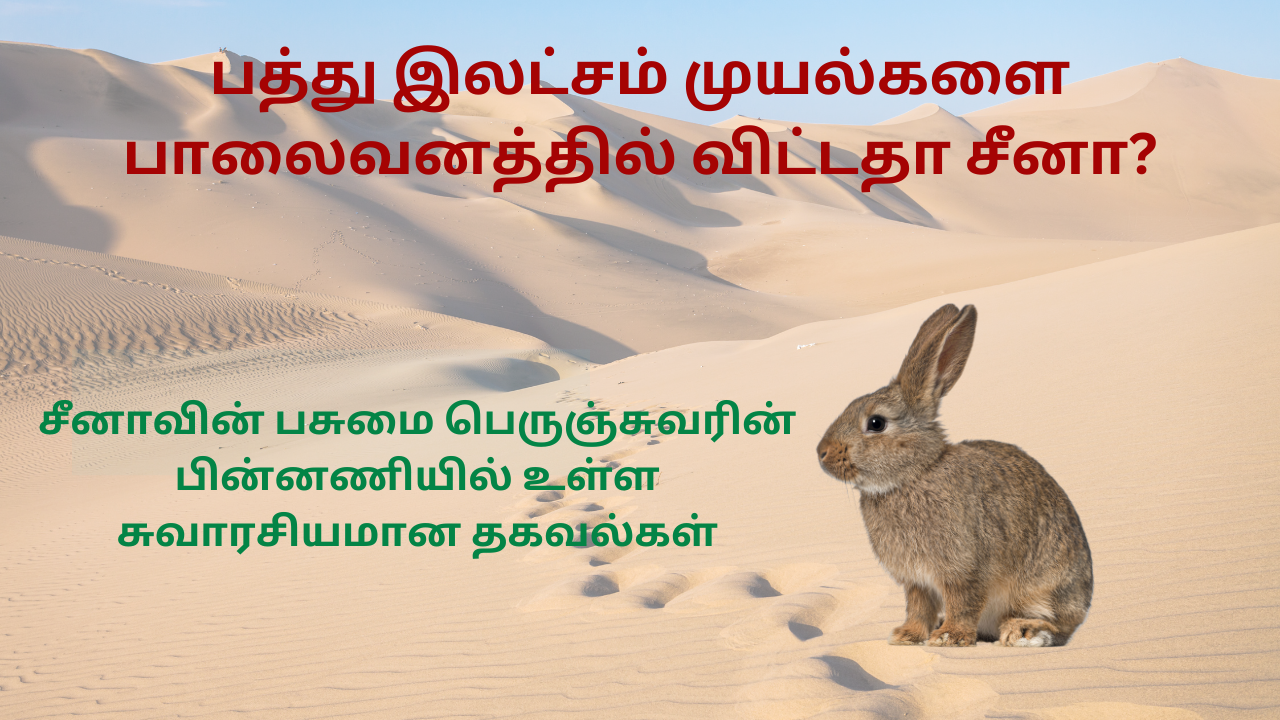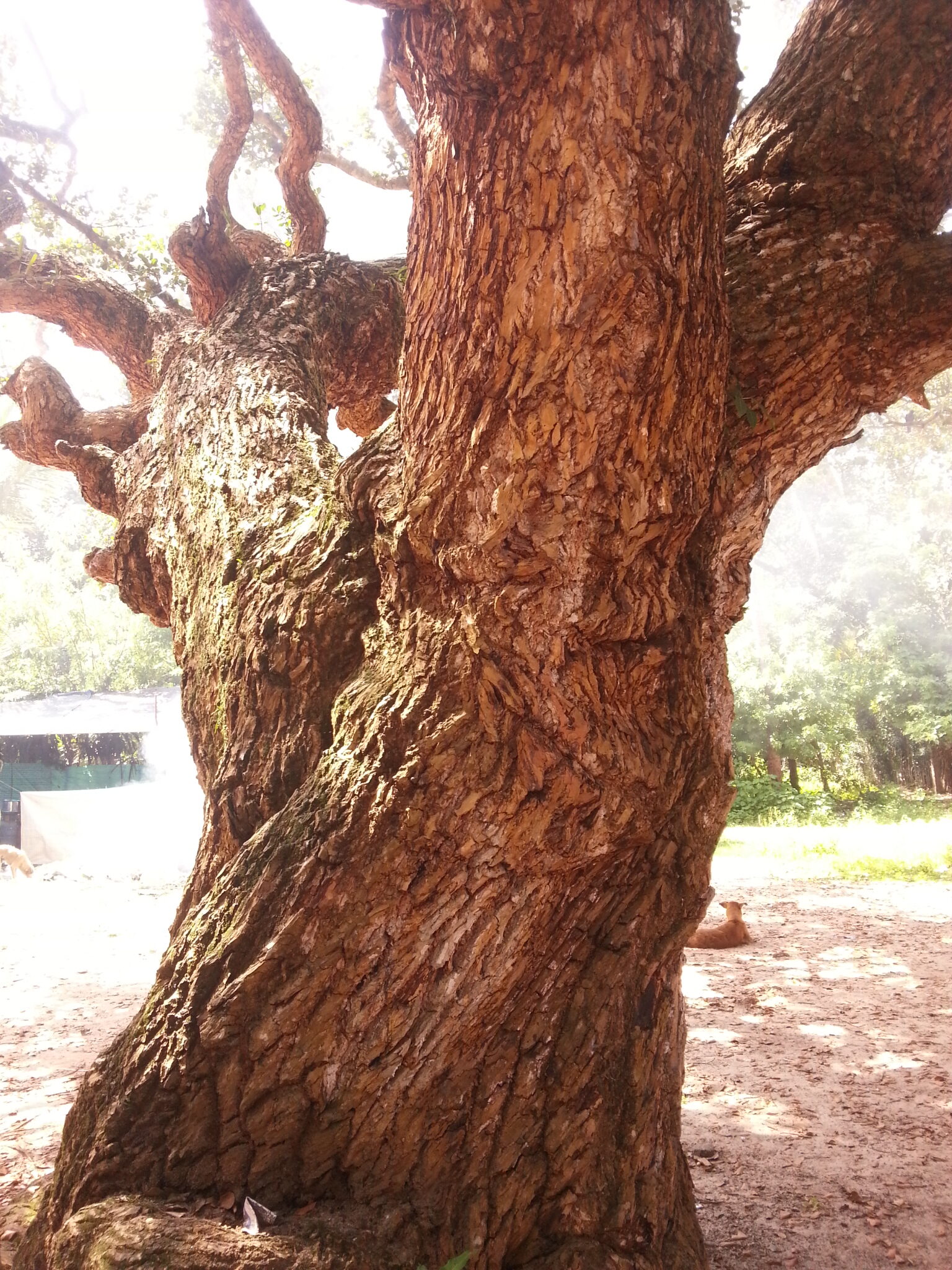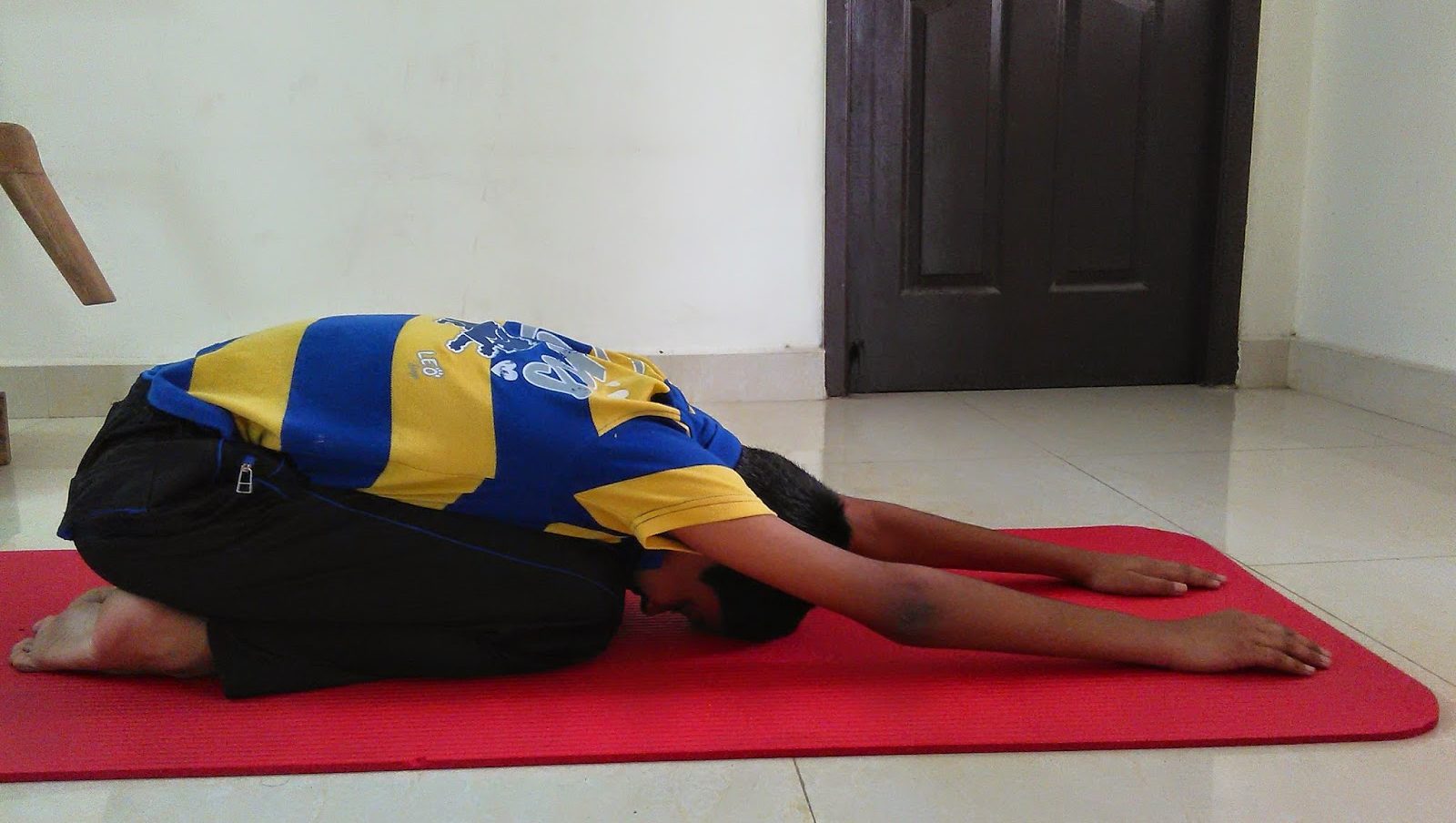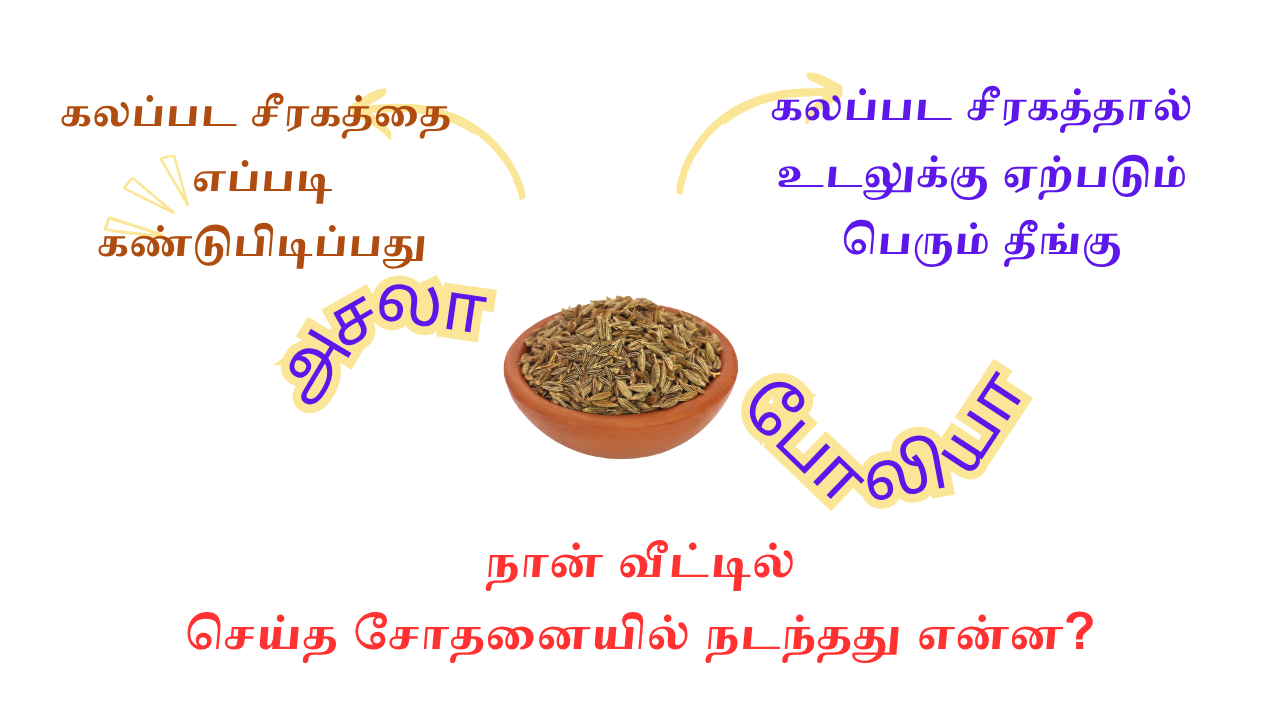Upward Bow Pose is often referred to as Wheel Pose. However, in Wheel Pose, you bring your hands and legs close to each other to form a wheel whereas in Upward Bow Pose, hands and legs are apart. Upward Bow Pose is called as Urdhva Dhanurasana. In Sanskrit, 'Urdhva' means 'upward' and 'dhanur' means 'bow'. To learn how to do Wheel Pose, visit this page.
Upward Bow Pose also stimulates all the eight major chakras in the body. To learn about eight chakras, visit this page.
Other Benefits of Upward Bow Pose
- Improves flexibility of the body
- Improves spine flexibility and spine strength
- Strengthens back muscles; relieves back pain
- Stretches the shoulders
- Strengthens lungs
- Protects heart health
- Practicing the pose helps to relieve headache.
- Boosts functions of abdominal organs
- Promotes fertility
- Stretches the legs and strengthens leg muscles
- Practicing the pose helps to relieve stress.
Step-by-Step Guide
- Lie down on the mat.
- Fold your legs and place your feet on the floor close to your buttock. Maintain about hip-width space between your feet.
- Raise your arms and place your palms on the floor behind your shoulders with the fingers pointing towards the shoulders.
- With the palms and feet firmly on the ground, inhale as you lift your body upwards as high as possible.
- Drop your head backwards so your chin is up facing the ceiling
- Hold the pose for 20 seconds.
- To release the pose, gently get back to floor and stretch your legs and hands.
Note
Those with severe spine conditions, hip pain, shoulder pain and joint conditions should refrain from practicing Upward Bow Pose.
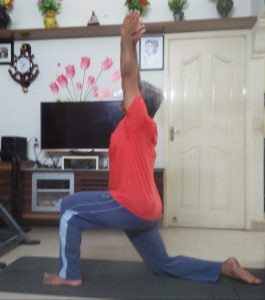
Yoga Pose for Day 68 - Low Lunge Pose / Crescent Moon Pose (Anjaneyasana)
Low Lunge Pose is called as Anjaneyasana in Sankrit . The pose stimulates muladhara, svathittana, manipura and anahata chakras. Low Lunge Pose is also referred to as Crescent Moon Pose.
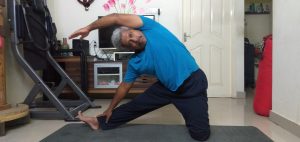
Yoga Pose for Day 66 - Gate Pose (Parighasana)
Gate Pose is called Parighasana in Sanskrit. 'Parigha' means 'beam'. Performing the pose on a regular basis promotes optimum health.
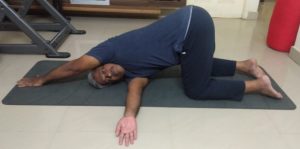
Yoga Pose for Day 65 - Thread the Needle Pose (Parsva Balasana)
'Parsva' in Sanskrit means 'side' and 'bala' means 'child'. The pose is performed in Child Pose or in variation of Child Pose with the upper back twisted and hence it is named as Parsva Balasana.
